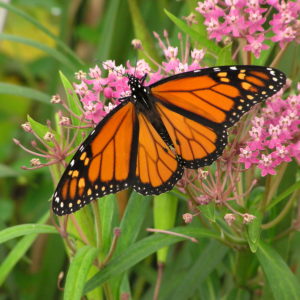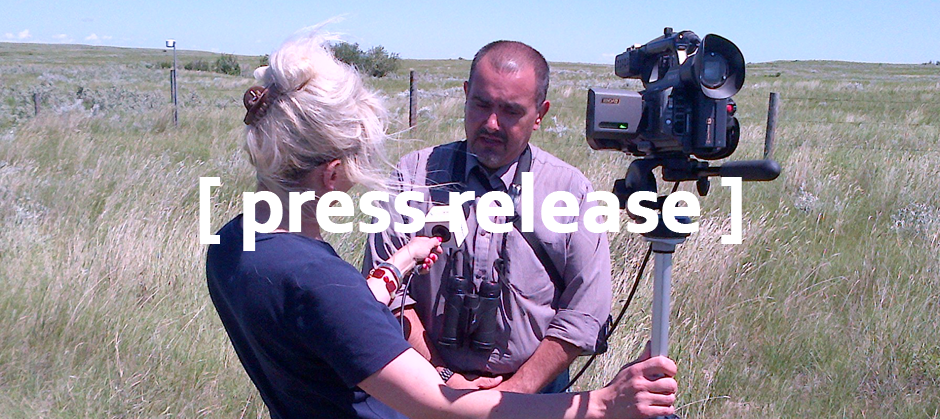Victorious and Glorious: Ostrander is saved!

Ted Cheskey
Senior Conservation Manager – Bird Conservation, Education & Networks
Nature Canada’s moto with regard to wind energy projects is that they should be about “good ideas in good places.” We recognize that many, perhaps most of the existing projects on the land could be considered in this way.
However, for the past 7 years we have opposed a project proposed on the Ostrander Point Crown Land Block in Prince Edward County, considering it as the worst example of project siting that we have seen. Nature Canada staff appeared before the Environmental Review Tribunal (ERT) in 2013 and before the Ontario Appeal Court in 2015 in support of the Prince Edward County Field Naturalists and in opposition to this egregious project.
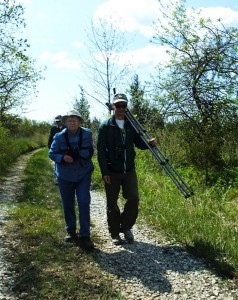
Figure 1: PECFN President Myrna Wood and Nature Canada’s Ted Cheskey stroll through the habitats of Ostrander Point
From our perspective, the location of this project crossed all of the lines. It was proposed: in the centre of a globally significant Important Bird and Biodiversity Areas, within a candidate Life Sciences Area of Natural and Scientific Interest, on globally imperilled alvar habitat, within the habitat for several species at risk including Blanding’s Turtle and Eastern Whippoorwill, and within one of the most significant migration corridors for birds of prey including Golden Eagle (a record of 64 reporting on one day alone), landbirds, and migrating bats in Eastern Canada. Heck, the MNR even sponsored a plan to restore habitat for the endangered Henslow’s Sparrow on the property around 2000.
Most significant is the fact these lands are owned by the Province of Ontario as a Crown Land Block. We used to consider Crown land blocks as secured conservation land and relatively easy additions to address our huge deficit in protected areas in the south of Ontario. With all of these virtues, any sort of development or industrialization seemed absurd to us and our close partners, the Prince Edward County Field Naturalists and Ontario Nature. Yet the proponent and the Ontario Government fought the ERT’s original decision to reject the project from the Tribunal through the Divisional Court and the Ontario Court of Appeal, before it landed back in the lap of the ERT for sober second thought.
Well, after three years of circulating through the court system we can breathe a collective sigh of relief and recognize that there is justice in this world in reading the great news from the Tribunal on their Ostrander Point ERT hearing decision. The Tribunal found that “the remedies proposed by Ostrander [Gilead] and the Director are not appropriate in the unique circumstances of this case. The Tribunal finds that the appropriate remedy . . . is to revoke the Director’s decision to issue the REA [Renewable energy Approval]”.
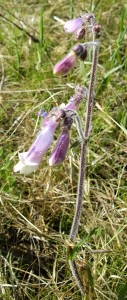
Figure 2: Hairy Beard’s Tongue in Ostrander Alvar
There were many significant and unequivocal statements in the decision that send clear messages to everyone involved in these hearings. For example, the Tribunal noted the inconsistency with which the Ontario Ministry of Natural Resources and Fisheries (MNRF) has treated these lands – recognizing them as a “candidate” Area of Natural and Scientific Interest” on one hand, while entering into an agreement with the proponent to allow over five kilometres of private roads in prime habitat on the other hand.
The Tribunal also noted the relevance in determining “the appropriate remedy that the candidate ANSI has not been evaluated by MNRF to determine if it merits qualification, and any additional protections that would entail; instead, roads will be introduced on this area of Crown land that, in addition to being a candidate Life Sciences ANSI is known critical habitat for species at risk” (many others in addition to Blanding’s Turtle, including a significant population of Eastern Whippoorwill).
Most importantly, the decision noted that “although the promotion of renewable energy and its related benefits, and streamlining approvals are important factors in consideration of the public interest, the Tribunal finds that not proceeding with this nine wind turbine Project in this location best serves the general and renewable energy approval purposes in sections 3(1) and 47.2 (1) of the EPA, the public interest under 47.5 and the precautionary principle and ecosystem approach.”
Wind energy producers and the Ontario Government need to take notice that there are areas where renewable energy projects are clearly not in the public interest. We call on the provincial government to recognize finally that renewable energy projects are not welcome in critical habitat of species at risk or Important Bird and Biodiversity Areas (IBAs).
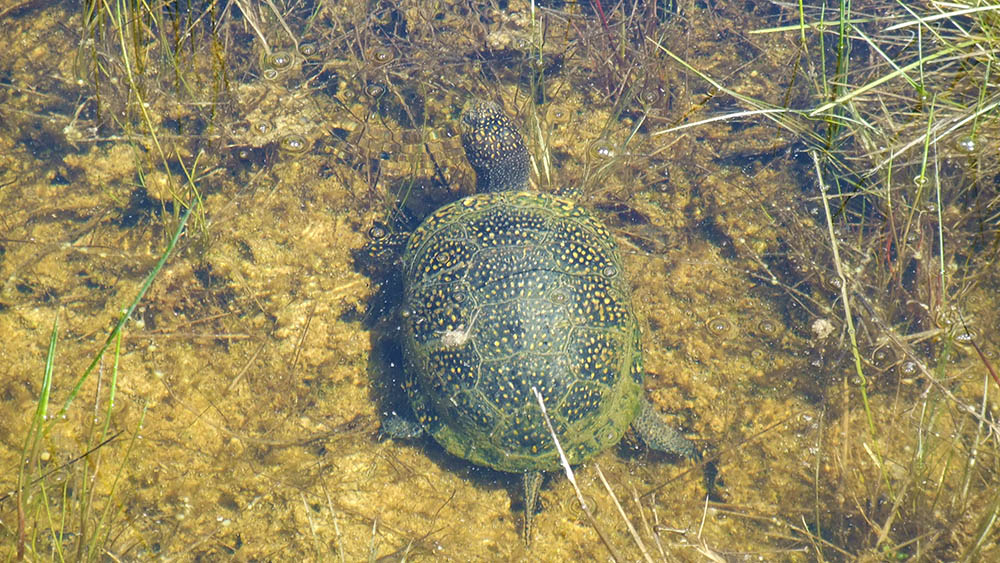
Figure 3 Blanding’s Turtle at Ostrander Point

